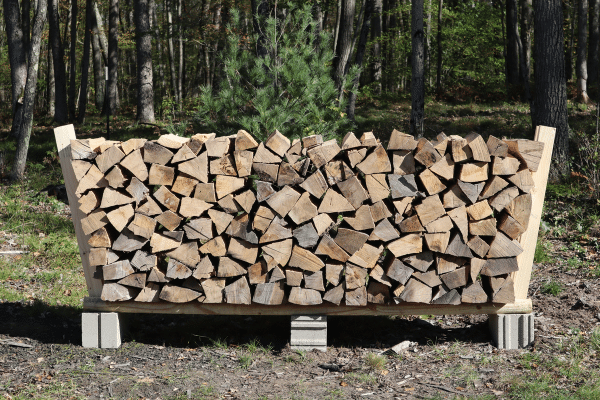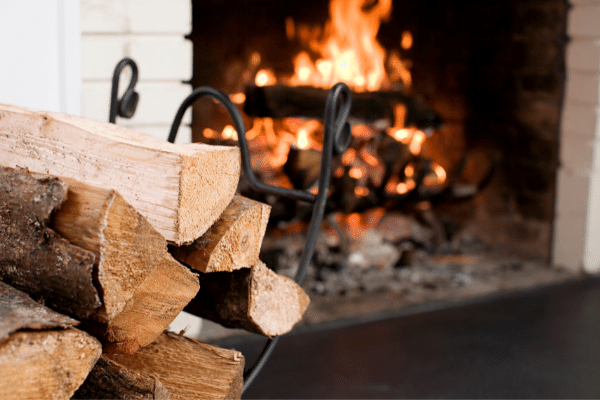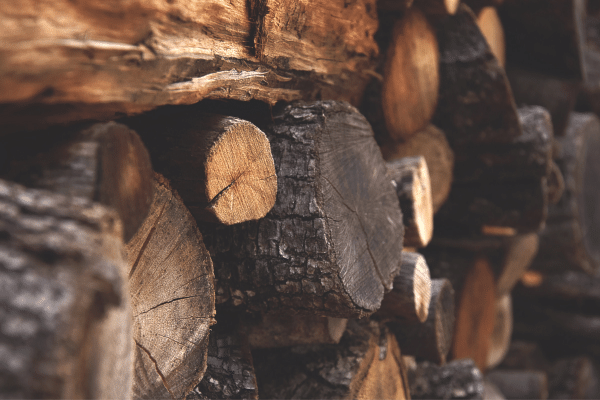- Home
- Types Of Firewood
- Is Avocado Good Firewood
Is Avocado Good Firewood
This post may contain affiliate links so I earn a commission.
We like avocados on our tacos, in our salads, and spread on our toast, but is avocado good firewood?
Of course, you can burn all wood as firewood, but each variety has different traits and qualities that impact how efficiently it burns and how desirable it is as a heat source.
Factors such as BTU rating, odor, and creosote production all contribute to the quality of firewood.
So how does avocado wood stack up?
Let’s find out.
The Avocado Tree
Avocado trees do not grow naturally in all parts of North America.
A subtropical plant, avocados only thrive in the warmest parts of the United States, which is why they really only grow in the southern parts of Florida and California and throughout Hawaii and Mexico.
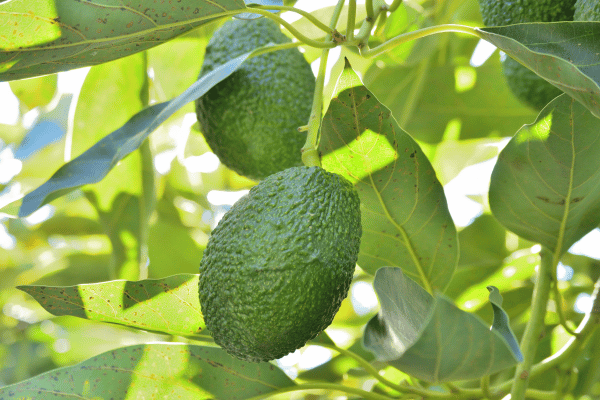
These are warm, balmy climates where homeowners don’t generally need to worry about how they are heating their houses.
Nonetheless, avocado trees shouldn’t be overlooked as a fuel source.
An evergreen tree that is a member of the laurel family, avocado trees grow to about 60 feet tall with a spread of about 30 feet.
The trunk diameter is typically between one and two feet.
The avocado tree has been domesticated for more than 5,000 years and is prized for its oil-rich fruit, which, botanically speaking, is actually a berry.
The trees are a bit picky and need the right soil and climate conditions to bear fruit, but homeowners also like avocados as an ornamental tree.
The thick foliage provides a canopy of green year round.
Is Avocado Good Firewood To Burn?
When you are evaluating a type of tree, like an avocado tree, to determine if it is a good wood to burn, there are several factors to consider.
In the following sections, we will take a closer look at many of these, including the heat output, coaling, ash production, and ease of splitting.
We will also discuss the scenarios for which avocado wood is best used as a firewood.
Because avocado trees do not grow in colder climates where homeowners regularly heat their homes with firewood, it is not likely that you could burn avocado firewood as a long-term heat source, but you may select it as a temporary heat source.
BTU Rating
The British Thermal Unit, or BTU, is the unit of measurement for heat output.
One BTU is equal to the amount of heat needed to increase the temperature of one pound of water by one degree Fahrenheit.
BTU is used to denote heat or energy output for several things.
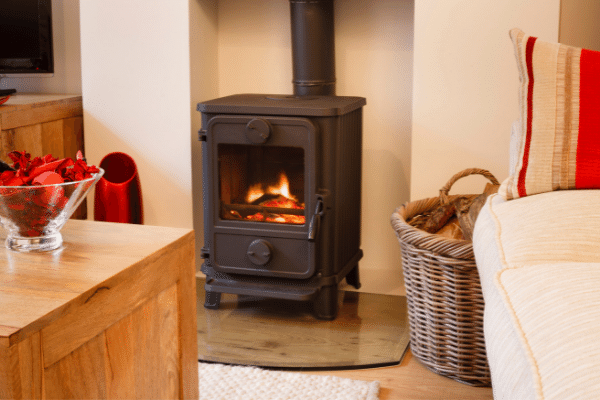
When it is applied to firewood, the BTU rating is an indicator of how much heat is released during the burning process.
The higher the BTU rating, the hotter and longer the wood will burn.
Among the more sought-after firewood types are hickory, ash, oak, and maple, which have BTU ratings between 24 and 26.5.
By comparison, avocado has a BTU of 20.8.
This makes avocado wood a good middle-of-the-road firewood that is not as efficient as oak, but is better than others, such as white pine, cottonwood, and balsam fir.
In fact, avocado is better than average in the BTU department.
Like all firewood, you will get the maximum BTUs from avocado firewood if it is well seasoned before you use it.
Green wood doesn’t burn as well, so don’t plan on using the wood as soon as you split it.
Coaling Quality
Burning wood produces coals that continue to emit heat.
Hardwood, because it is denser, has better coaling properties than a softwood, like pine.
Avocado is classified as a hardwood, but it is a fairly soft hardwood.
The wood burns down rather quickly without leaving a good bed of coals.
To keep a consistent heat using avocado firewood, you will need to stoke the fire frequently or mix the avocado wood with other, denser firewood.
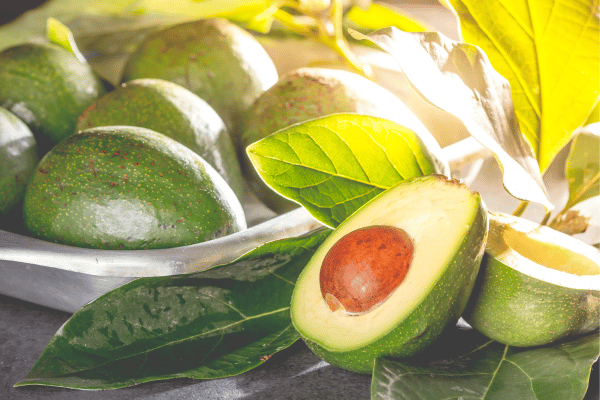
Smoke Output
If your avocado firewood has been properly seasoned, it will not give off too much smoke when burned.
However, if the avocado wood is too green and has a high moisture content, you will have a smokey fire that is bothersome and unpleasant.
Avocados – the fruit, as well as the seeds, bark, and leaves – contain a substance called persin which is toxic to some animals, like dogs, horses, goats, mice, and birds.
When animals eat parts of the avocado tree, they can become ill.
When you burn avocado firewood, however, the toxin is not ingested so you don’t need to worry about making your dog sick.
Sparking and Popping
Sparking and popping is not really an issue if you are heating with an enclosed wood burning stove.
If you are burning firewood in an open fireplace, a backyard fire pit, or a campfire, sparking and popping can be problematic.
A flying spark can ignite a fire on the carpet or furniture or burn a person’s skin.
The fruit of the avocado is known for being oily so it may surprise you to learn that the wood from avocado trees is not.
Well-seasoned avocado firewood does not produce very many sparks when it is burned.
Does Avocado Firewood Produce Creosote?
Some types of firewood burn cleaner than others.
Unfortunately, avocado is one of those firewoods that produces a lot of soot.
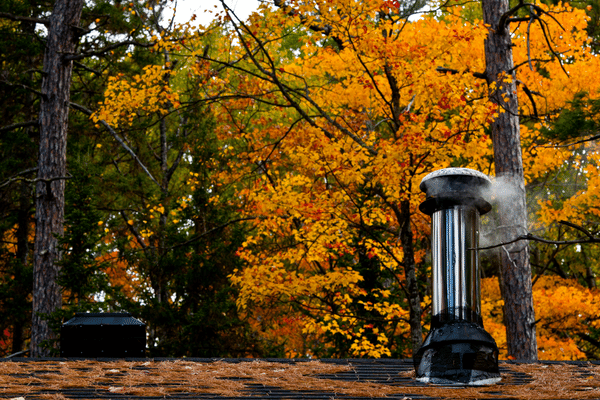
It is a messy wood to burn and will leave a layer of soot in your fireplace and chimney, which leads up to the issue of creosote buildup.
The soot in smoke contains creosote, a highly flammable, tar-like substance that becomes deposited on the walls of the chimney.
Since avocado firewood produces a lot of soot, you will experience an increased level of creosote buildup.
You can reduce the amount of creosote by burning only properly seasoned firewood.
You should always stay on top of chimney cleaning and maintenance to remove creosote and reduce the risk of an unwanted fire.
Is Avocado Good Firewood To Burn - Odor
One of the biggest benefits of burning avocado firewood is that it is virtually scentless when it is burned.
Some types of firewood produce strong and unpleasant smells that are unwanted and can make your home stink.
If the avocado wood gives off an odor at all, it is described as being mild and pleasant.
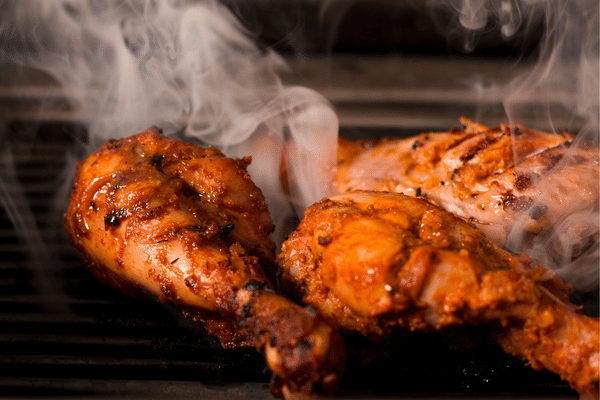
Avocado is technically a fruit tree, and like most fruit trees, the wood of avocado trees is often chopped into chips that are used to smoke meat like chicken, fish, beef, and wild game.
The smoke gives a gentle flavor to the food.
How To Season Avocado Firewood
Avocado firewood should be allowed to season for at least twelve months before you try to burn it.
If you wait even longer, around eighteen months or so, you will find that the wood burns more efficiently.
You can try to speed up the seasoning process by stacking your avocado wood on pallets or planks rather than stacking them directly on the ground.
This way, air can circulate beneath the stack of wood.
You can also increase airflow by leaving gaps and spaces between the wood when you stack.
Position your wood stack in a place where it is sheltered from the rain, but is still exposed to the wind.
Firewood will season faster if it is split before it is stacked.
This will increase the amount of surface area that is exposed to the heat of the sun and to the wind.
Splitting Avocado Firewood
Is avocado good firewood to split?
Yes!
As one of the softer hardwoods, avocado wood is not a difficult wood to split.

You can split avocado wood with a maul or splitting ax without overexerting yourself, but you can make it easier on yourself by using a hydraulic log splitter.
If you split the wood when you cut it, you’ll be able to speed up the seasoning time.
Is Avocado Good Firewood - Overall
Avocado firewood is not the best firewood you could use if you are looking to heat your entire home for a sustained period of time.
It produces a hot fire, but one that burns out quickly and produces a lot of soot.
Avocado trees grow in warm-weather climates where homeowners generally do not need to heat their homes for the winter.
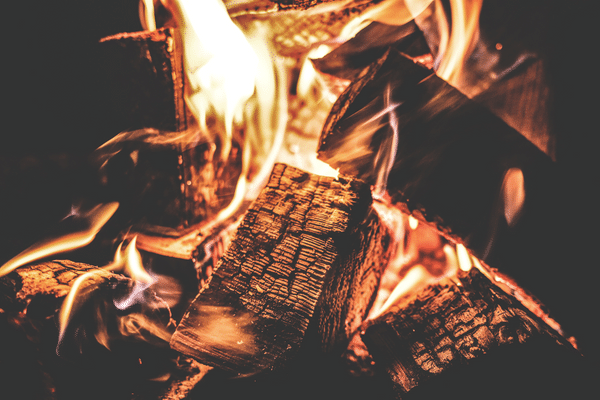
If they need to build a fire to warm their homes, it is usually just a short-term thing.
Avocado wood is perfect for this situation.
Avocado firewood is good for campfires and backyard bonfires because the fire won’t last too long unless you constantly stoke the fire.
It also ignites easily so you will be able to start the campfire without any difficulty.
Is avocado good firewood for kindling?
Yes!
The wood is easy to split into small pieces and it catches fire quickly, making it good as a fire starter.
If you have ready access to avocado trees, by all means, use it as firewood.
But there are other types of firewood out there that are better, especially if you need firewood to keep your whole house warm overnight.
